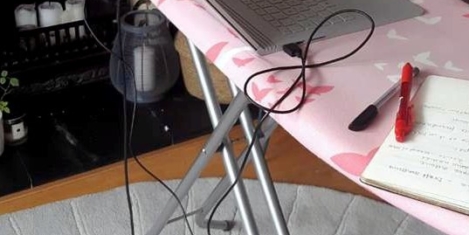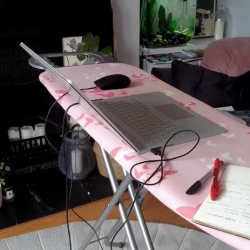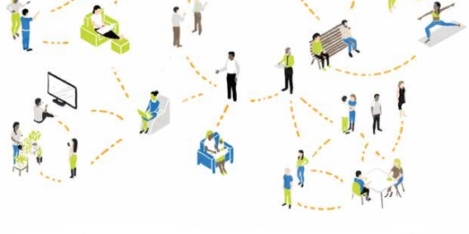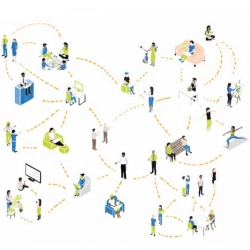April 1, 2021
‘Healthy buildings’ enjoy a surge in demand worldwide
 A new survey of many of the world’s leading real estate investors finds that 92 percent of respondents expect demand for healthy buildings to grow in the next three years. The report claims that this is a compelling signal of the direction the real estate sector is heading. This finding, among others, is captured in a report titled A New Investor Consensus: The Rising Demand for Healthy Buildings (registration) which claims to be a comprehensive health and wellness study of global real estate investment managers and stakeholders representing aggregate AUM of $5.75 trillion and portfolio investments in real estate totalling approximately US$1.03 trillion. (more…)
A new survey of many of the world’s leading real estate investors finds that 92 percent of respondents expect demand for healthy buildings to grow in the next three years. The report claims that this is a compelling signal of the direction the real estate sector is heading. This finding, among others, is captured in a report titled A New Investor Consensus: The Rising Demand for Healthy Buildings (registration) which claims to be a comprehensive health and wellness study of global real estate investment managers and stakeholders representing aggregate AUM of $5.75 trillion and portfolio investments in real estate totalling approximately US$1.03 trillion. (more…)







 New research by
New research by 
 The productivity benefits of homeworking appear to have increased during the pandemic, with employers now more likely to say that the shift to homeworking has boosted productivity (33 percent) than they were in June 2020 (28 percent). This is according to new research by the
The productivity benefits of homeworking appear to have increased during the pandemic, with employers now more likely to say that the shift to homeworking has boosted productivity (33 percent) than they were in June 2020 (28 percent). This is according to new research by the 
 Most businesses were ill-prepared to deal with the pandemic and muddled though the challenges stemming from it, according to new report
Most businesses were ill-prepared to deal with the pandemic and muddled though the challenges stemming from it, according to new report 
 The UK government has had to make many changes to its healthcare system in the last year to stop the spread of coronavirus, including asking people to stay home when possible, prioritising higher-risk patients and putting many routine appointments on pause throughout the pandemic.
The UK government has had to make many changes to its healthcare system in the last year to stop the spread of coronavirus, including asking people to stay home when possible, prioritising higher-risk patients and putting many routine appointments on pause throughout the pandemic. 
 As the world emerges from the grip of the pandemic, the
As the world emerges from the grip of the pandemic, the 
 Remote workers are still struggling with distracting working environments, stress and an ‘always-on’ culture after a year of working from home. Egress’
Remote workers are still struggling with distracting working environments, stress and an ‘always-on’ culture after a year of working from home. Egress’ 
 Research by VINCI Facilities claims that the UK facilities management sector does not possess a thorough, detailed strategic approach to combatting climate change. In the autumn of 2020
Research by VINCI Facilities claims that the UK facilities management sector does not possess a thorough, detailed strategic approach to combatting climate change. In the autumn of 2020 




 As lockdown restrictions are eased and employees head back to the office a new report is calling for businesses to reinvent the world of work. The Human Organisation report highlights how the current workplace model is based on bureaucracy and hierarchy, which stifles employee empowerment and creativity.
As lockdown restrictions are eased and employees head back to the office a new report is calling for businesses to reinvent the world of work. The Human Organisation report highlights how the current workplace model is based on bureaucracy and hierarchy, which stifles employee empowerment and creativity. 








March 31, 2021
From the archive: A new approach to office design is redefining property 0
by Gary Chandler • Comment, Facilities management, Property, Workplace design
(more…)